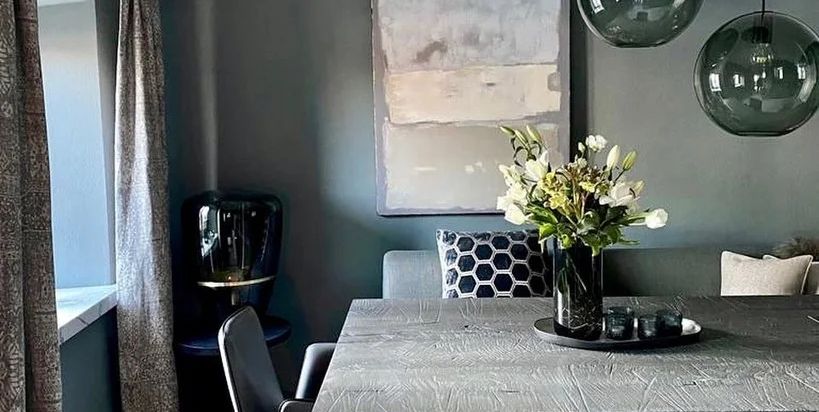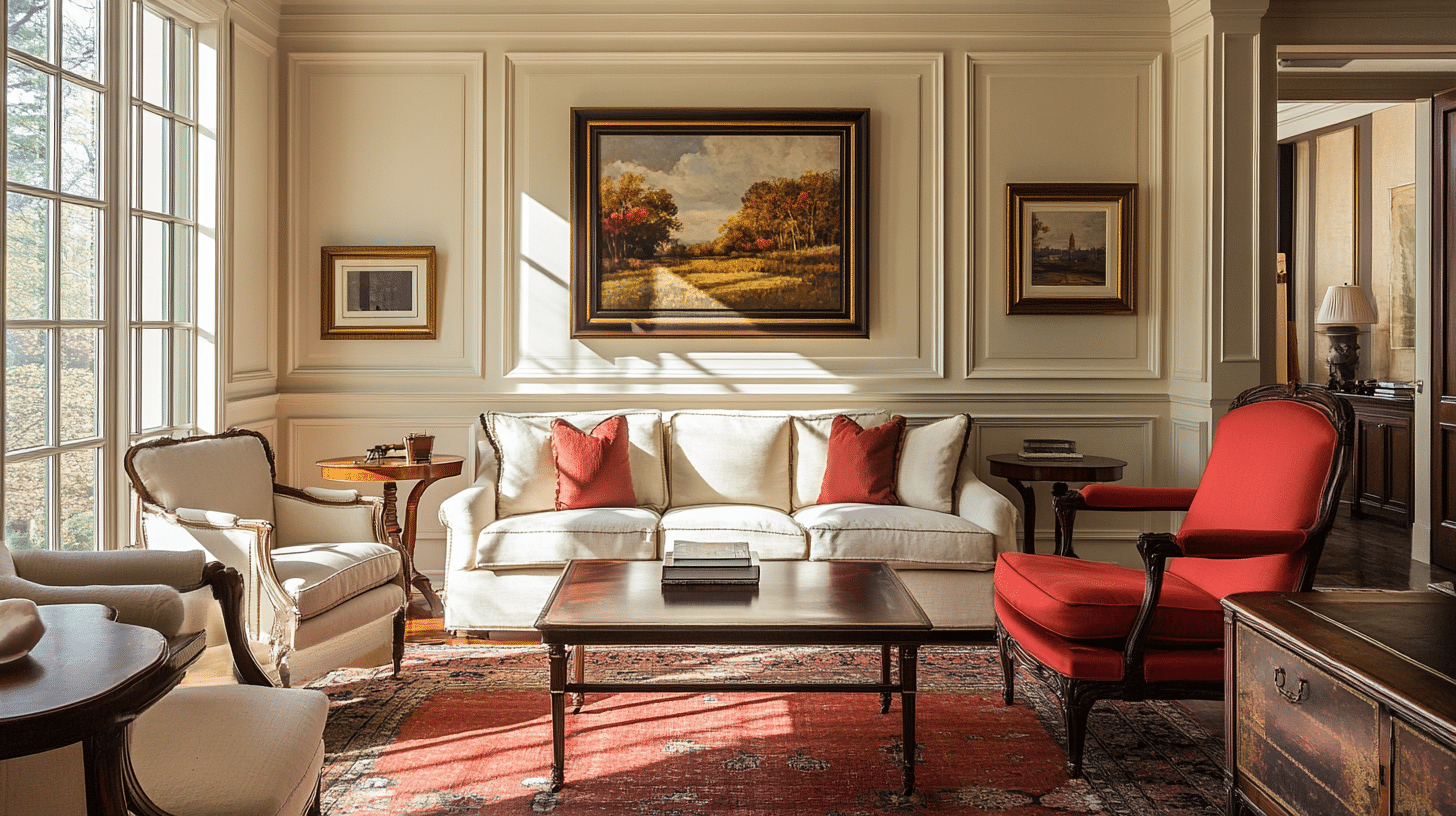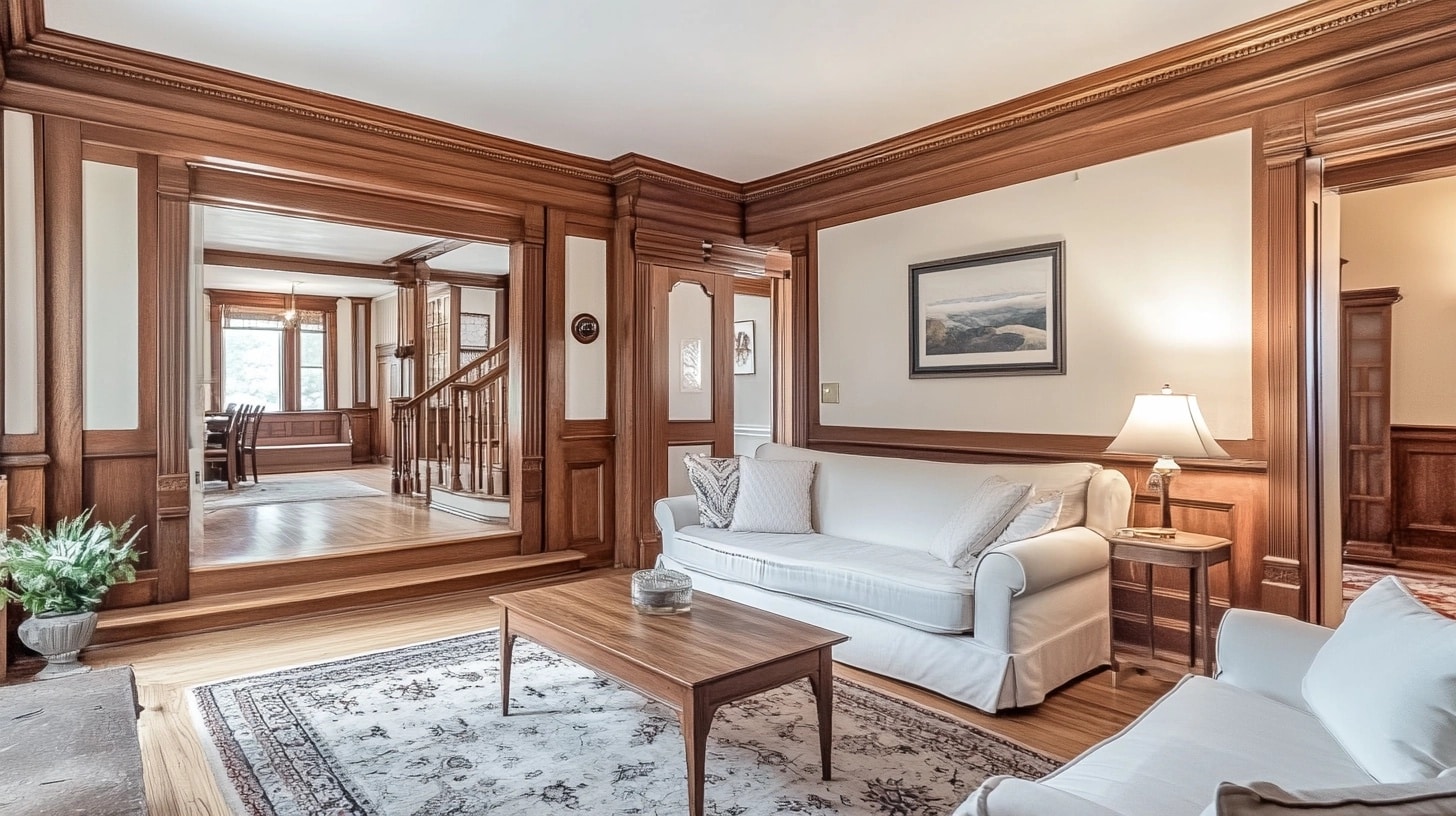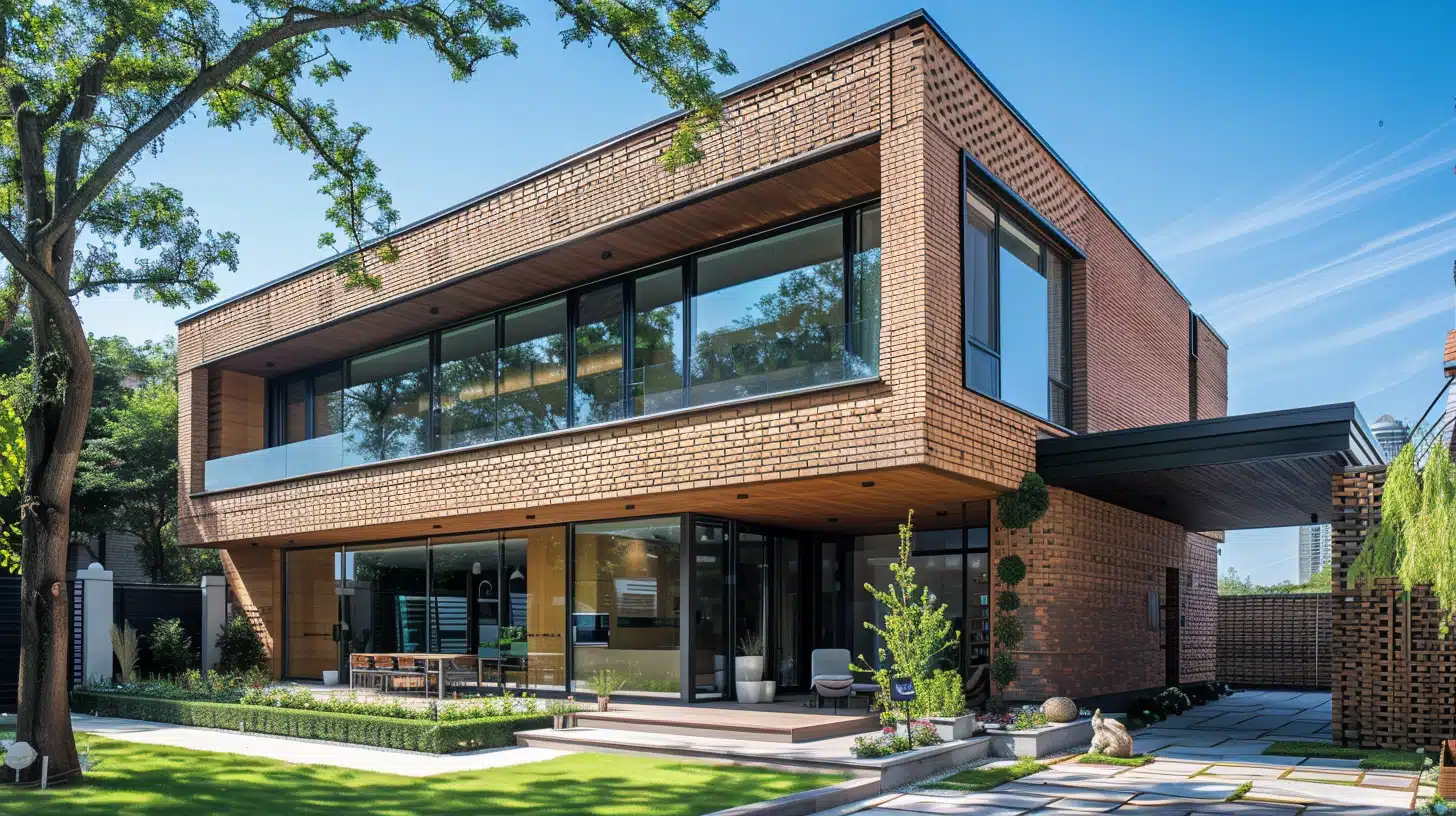External Wall Cladding Designs – Transform Your Exterior
Whether you’re looking to make the right statement, or you want to create a unique outdoor area that suits your needs and looks on-point year-round, external cladding may be the ideal solution.
With dozens of different types, finishes, and styles to choose from, exterior cladding could be the perfect opportunity to help you stand out.
We’ve covered some of the best designs and ideas for exterior wall cladding below:
Brick
Brick-style cladding is an excellent way to add interest and texture to the exterior of your property while retaining a slightly more industrial feel than ‘cleaner’ materials. Brick cladding can be used sparingly in specific outdoor spaces or applied widely to create a unified look.
Brick also can help improve the thermal insulation of a building. The additional layer provided by the cladding can reduce heat loss in winter and keep interiors cooler in summer, contributing to energy efficiency and comfort.
Due to its durability, aesthetic appeal, and protective qualities, brick cladding can increase the value of a property, making it a worthwhile investment for property owners.
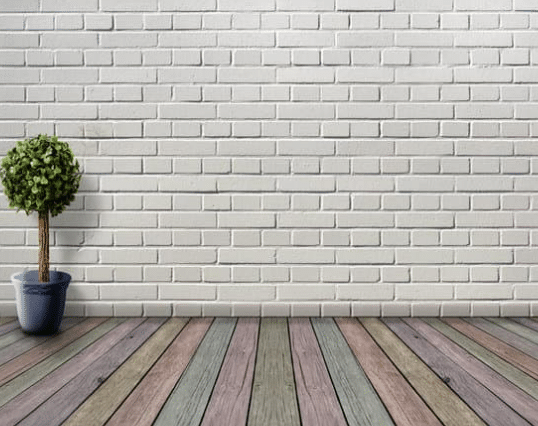
Aluminum
Aluminum wall cladding is widely favored in modern architectural design for its versatility and numerous benefits.
Its sleek, contemporary appearance enhances modern building designs, and its ability to be finished in various textures and colors allows for distinctive, visually appealing facades.
Aluminum can be shaped into various forms and sizes, facilitating complex geometric patterns and intricate designs that are customizable to either stand out or blend seamlessly with urban environments.
Additionally, it can be easily integrated with other materials like glass, wood, or stone, achieving a cohesive look that can marry traditional and modern aesthetics.
Another design benefit is that it is significantly lighter than other materials such as steel or brick, making it easier to handle and install while reducing the structural load on buildings.
It is exceptionally durable, offering high resistance to corrosion which is particularly beneficial in coastal areas or harsh environments.
Unlike materials that require regular painting or staining, aluminum needs minimal maintenance, capable of withstanding adverse weather and retaining its appearance with only occasional cleaning.
Furthermore, aluminum is 100% recyclable, supporting environmental sustainability by reducing the overall carbon footprint of a building.
It enhances the thermal efficiency of buildings when paired with proper insulation, reflecting sunlight and heat to maintain comfortable interior temperatures and reduce energy costs.
As a non-combustible material, aluminum also enhances building safety by helping to contain fires. Despite its higher initial cost, the long-term savings from its durability, low maintenance, and energy efficiency make aluminum cladding a cost-effective choice over time.
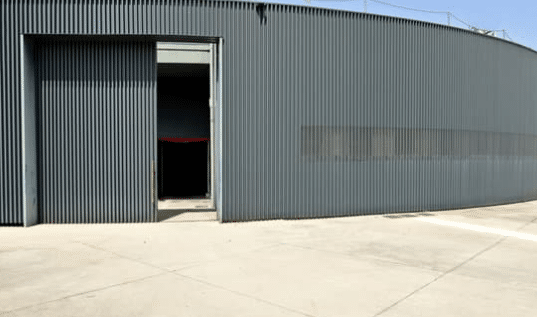
Timber
Timber wall cladding is highly valued in architectural design for its natural aesthetic and the warmth it brings to building exteriors.
This type of cladding is particularly popular for adding a traditional or rustic charm, yet it can be equally effective in modern designs through the use of clean, linear patterns.
Timber cladding can be crafted from various wood types, each offering unique shades and textures, allowing designers to tailor the appearance to specific style preferences or to complement the surrounding environment.
It is also relatively lightweight compared to materials like brick or stone, which simplifies the handling and installation process and reduces the load on the building’s structure.
However, it does require more maintenance than some other materials to maintain its appearance and longevity, including treatments to protect against moisture, pests, and UV damage.
Timber cladding also offers excellent acoustic properties, dampening noise and creating a quieter indoor environment.
Its versatility in finishes—from stained, painted to left natural—allows for further customization and creativity in design. Despite the need for ongoing maintenance, the aesthetic appeal and environmental benefits of timber wall cladding make it a compelling choice for both new builds and renovations.
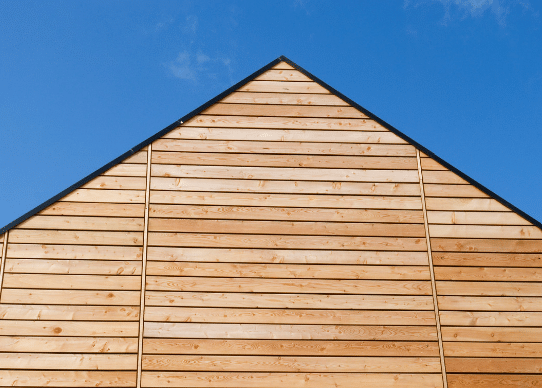
Composites
Composite external wall cladding is increasingly popular in modern architectural design due to its robustness and aesthetic versatility.
This type of cladding combines materials such as wood fibers, plastics, and bonding agents to create panels that offer the visual appeal of natural wood but with enhanced durability.
Composite cladding is available in a range of colors and textures, making it possible to achieve various design outcomes, from sleek, contemporary looks to more traditional appearances.
One of the primary advantages of composite cladding is its exceptional durability. It is designed to withstand harsh weather conditions, including strong sunlight, heavy rain, and high winds, without fading, cracking, or warping.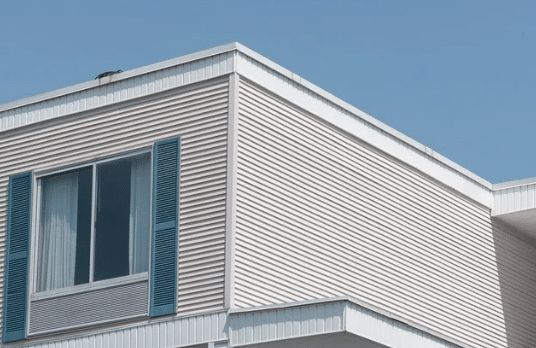
This makes it an ideal choice for building exteriors, especially in climates prone to severe weather. Additionally, composite cladding requires minimal maintenance; it does not need painting or sealing and is easy to clean, which can significantly reduce long-term upkeep costs.
The material is also environmentally friendly, often made from recycled materials and itself fully recyclable, contributing to a lower environmental impact.
Composite cladding offers excellent thermal insulation, improving a building’s energy efficiency by helping to maintain a stable internal temperature and reducing reliance on heating and cooling systems.
Moreover, composite cladding is lightweight, which eases installation and reduces the structural load on buildings. Its resistance to pests, mold, and rot further enhances its longevity and appeal as a practical cladding solution.
Given these properties, composite external wall cladding presents a cost-effective, aesthetically pleasing, and durable option for modern construction, appealing to both environmental and practical considerations in building design.


